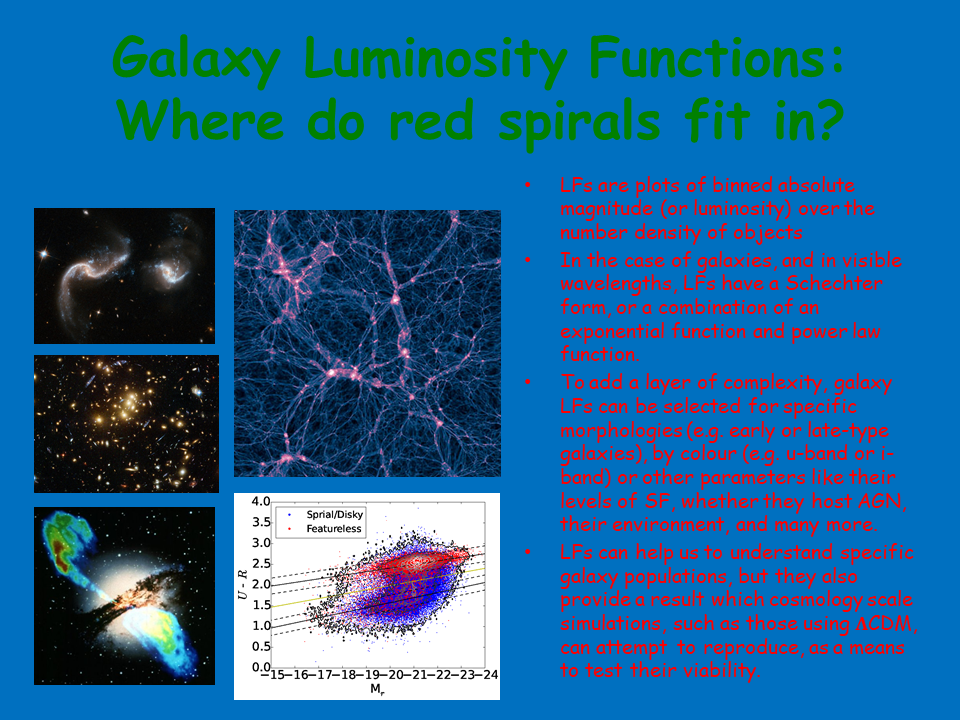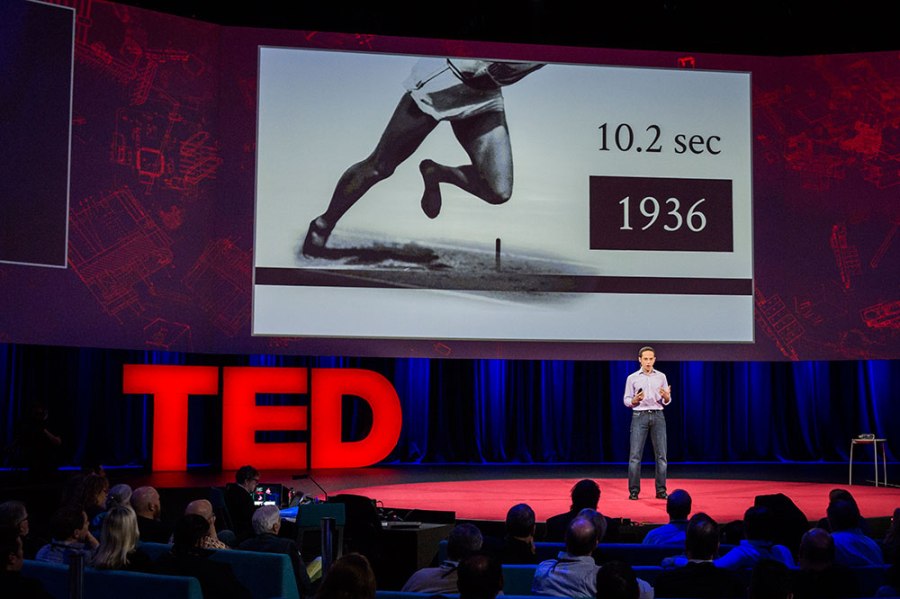How to give a scientific talk
Talks are one of the two main forms of communicating scientific research at conferences. Usually there are only a limited number of talk slots available, so they are seen as somewhat more prestigous than poster presentations. Many of the rules to crafting a good poster also apply to writing a talk though.
Narrative
Before you even start to try and designing any slides, you need to figure out what the overall point of your talk is and how you should go about communicating that.
- What is the most important/interesting/astounding finding from my research project?
- Who is my target audience and what level of understanding will they have beforehand?
- What information is absolutely vital to get my point across and what can be excluded as details I can say if anyone asks a question at the end?
Once you've worked out these aspects, you should think about the narrative structure of your talk. Any form of communication, be it a story, news item or a conference presentation, should follow some basic narrative structure that takes your audience on a journey from beginning to end. Often in science we tend to follow a fairly standard structure: title, introduction, methods, results, analysis/discussion, conclusions. However, these are in a way just a reframing of a standard storytelling structure: hook, setup, tension, climax, resolution. You should think about the structure in both of these contexts and work out which areas are appropriate and what needs to go in them to communicate your points coherently. Be mindful of how much time you have been allocated (10 minutes for Cosmic Con) - don't try to cram too much in.
Inform, educate and entertain
 Your talk should not to communicate every little detail of your research, but simply provide an overview motivating the work, explaining what you did and convincing the audience of its validity. It should also be entertaining in order to capture their attention throughout. This can be done through how you present, but also through what you show.
Your talk should not to communicate every little detail of your research, but simply provide an overview motivating the work, explaining what you did and convincing the audience of its validity. It should also be entertaining in order to capture their attention throughout. This can be done through how you present, but also through what you show.
Think about how you can visually share your research. What are the best graphs, photos or even videos and animations that will keep people engaged while also getting your point across clearly. Make sure that any graphs you make are attractive, legible and clearly understable, they shouldn't need tonnes of explanation. Don't make slides like the one above!
Text should be used minimally. Often people fall into the trap of simply writing what they are going to say. Any text on slides should complement the oral presentation, not be a substitute for it. Also don't lump all your references into one slide at the end, this makes no sense in the context of a talk. Instead use shorter forms of referencing and include these (using smaller font sizes) at exactly the points where they are relevant in the talk.
For Cosmic Con talks, please make sure your talk will work on a Windows machine either as a Powerpoint or PDF.
Don't forget the presentation
 While your slides are an important part of a talk, they are there to assist and complement your oral presentation. Often this aspect can be forgotten.
While your slides are an important part of a talk, they are there to assist and complement your oral presentation. Often this aspect can be forgotten.
Presentations should generally be given standing, this enables the presenter to be more dynamic and engaging. Try to make eye contact with your audience, especially if the audience is small. People easily get the impression you're not really interested in them if you don't make eye contact. Make sure not to gaze at any one person for too long though.
Avoid reading a pre-prepared script. Notes can be useful, and some use of notes may be unavoidable with such short presentation and prepatation time, but reading from a page means you can’t make eye contact, or speak naturally. Also try and not use filler sounds like “umm” or “like”, instead get into the habit of just taking a pause whilst you think. A bit of space between sentences is a good thing. This will come with practice, something which you should do throroughly before you give your actual talk.
Further information
See the below guides for further tips on making a scientific talk: